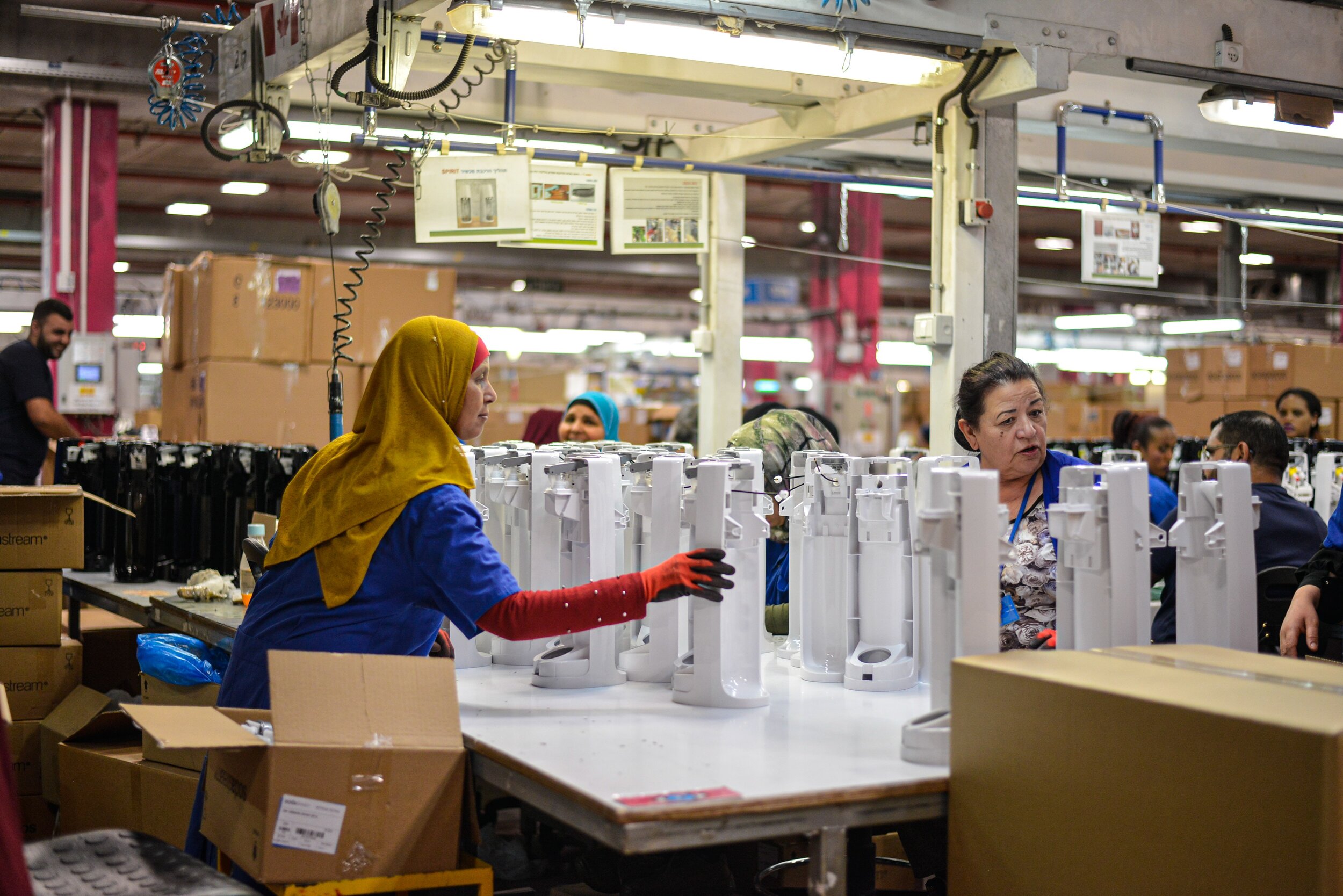What exactly is lean manufacturing? Lean manufacturing addresses the issue of waste within an enterprise. A lean management system is designed to eliminate waste within an organization. Waste can occur in many different forms, whether it’s wasted materials and resources, wasted time, overproduction, defects, transportation issues, and more. We have listed some various methods you can incorporate into your business model while paving the way towards going waste-free.
By Team Savant
Image: Boxed Water Is Better on Unsplash
Lean manufacturing is sometimes referred to as lean production. Lean management systems are often used in the manufacturing industry; however, lean principles can be applied across many industries to improve business operations.
What Are the Principles of Lean Manufacturing?
Image: Remy Gieling on Unsplash
1. Defining Value
The first principle of lean manufacturing is to define value. It’s essential to have a clear understanding of the value that your customers attribute to your products. Only with this understanding can you determine how much your consumers will pay. Businesses need to focus on preventing waste to offer the expected value while achieving high levels of profitability.
2. Consider The Value Stream
The value stream refers to the life-cycle of your product; this encompasses every stage, including the raw materials, product use, and product disposal. To prevent waste, businesses need an accurate understanding of this life-cycle. Businesses should examine each of their processes carefully, to understand the value-added at each stage. Any materials and features which do not add value should be removed from the process.
3. Consider Pull
The ‘pull’ principle means that a product should not be made until the customer has ordered it. To work this principle, businesses need to create short time frames between design and delivery. Achieving this principle also requires plenty of flexibility. Communication must be highly effective throughout every step of the process.
4. Consider Flow
Businesses must understand flow to eliminate waste. When your value stream is no longer moving forwards, waste is inevitable. The concept of ‘flow’ is to design a value chain where all activities are in sync and complimentary. To perfect the principle of ‘flow,’ there should be no interruptions in the production procedures. Paying close attention to flow can also help you to improve logistics in your business.
5. Aim for Perfection
When your goal is to eliminate waste, aiming for perfection is essential. Businesses should focus on continuous improvement, by evaluating quality ongoing. Only by frequent analysis can businesses find the causes of quality issues, and address these issues that lead to waste. Reevaluating your processes over time is essential to boost productivity in your business.
5S Methodology
Image: Paweł Czerwiński on Unsplash
The 5S methodology is used to support institutions to work towards a lean-approach. It’s a system to organise workspaces, ensuring that tasks can be executed safely, efficiently, and effectively. The 5S methodology benefits include, improved quality and safety, higher productivity levels, and lowered expenses. The 5S methodology principles are as follows:
Sort: The sorting phase means taking a look at all of your materials, equipment, and furniture, and removing the items that you don’t need.
Set in order: This stage involves getting your resources organized, items should be grouped and positioned to create the highest levels of efficiency. In a warehouse environment, this stage might involve re-organizing your Pallet Racking, or otherwise improving the layout of your storage.
Shine: The shine stage involves a deep clean and a thorough inspection. As well as cleaning, it’s useful to include maintenance as part of this stage.
Standardize: To standardize the process, businesses must put steps in place to ensure that standards are upheld.


